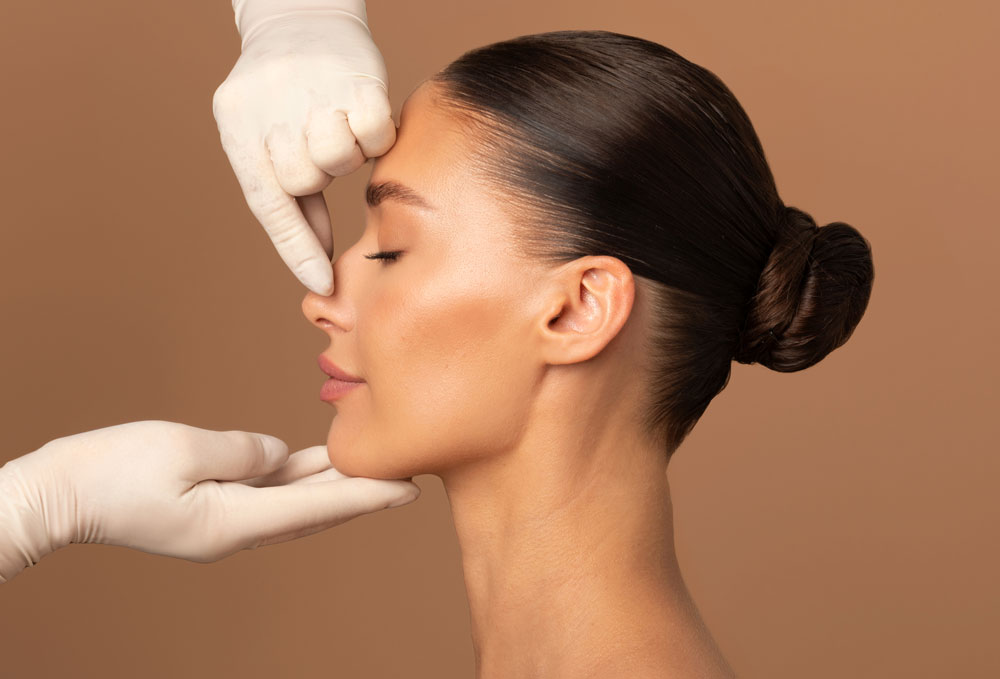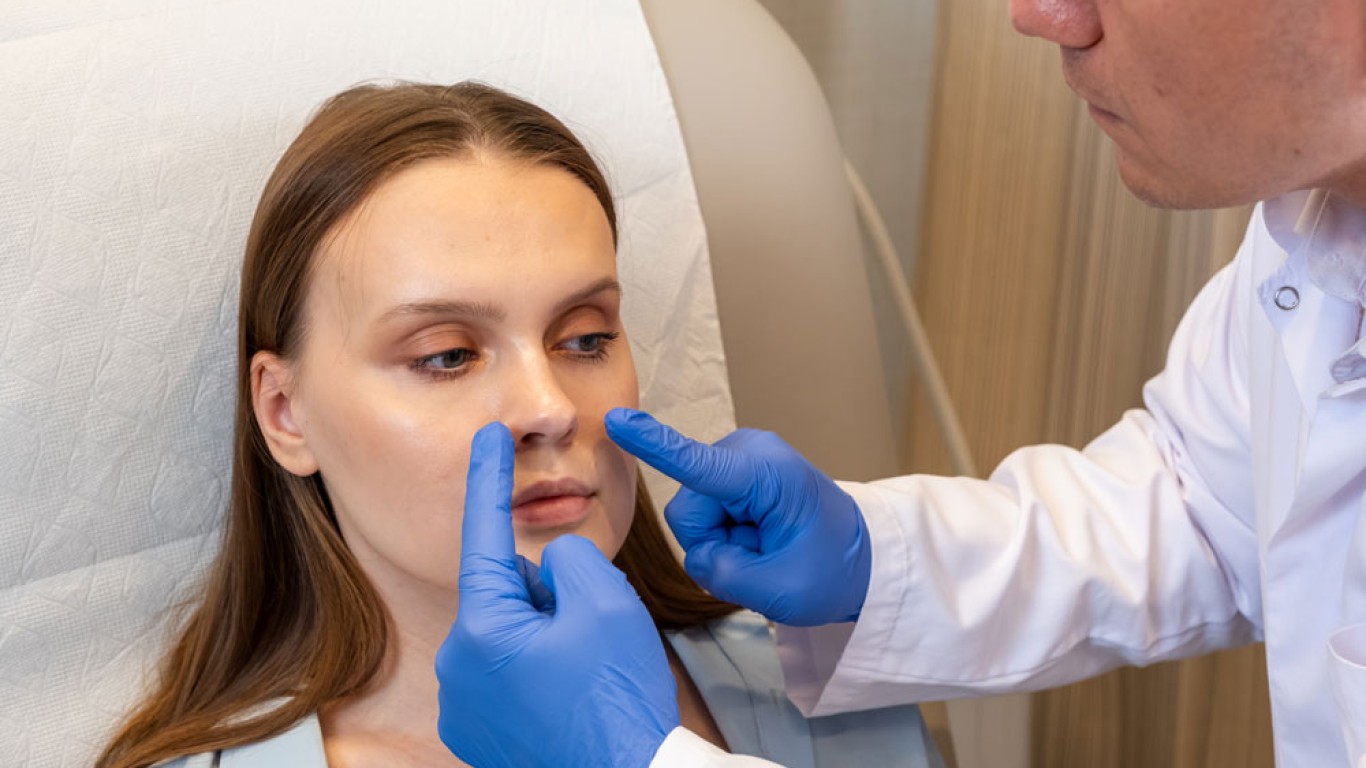Introduction
Many people explore rhinoplasty for aesthetic refinement, improved breathing or functional nasal correction. Because motivations vary, one of the most common questions relates to insurance coverage. Some cases qualify for partial or full coverage, while others do not. Understanding the difference between functional need and aesthetic change is essential when determining eligibility. This guide explains when insurance may apply, how assessments are performed and what documentation is required.
Why Insurance Coverage Varies for Rhinoplasty
Insurance policies classify procedures as either medical or aesthetic. Aesthetic procedures aim to change appearance, while medical procedures correct functional concerns. Because rhinoplasty can address both structure and function, coverage depends on which category applies.
Additionally, insurers require clear clinical evidence showing that nasal obstruction or deformity affects breathing or daily function. This distinction will influence insurer approval.
When Rhinoplasty Qualifies as Medically Necessary
A rhinoplasty may be considered medically necessary when structural issues affect breathing.
Common qualifying conditions include:
- A deviated septum
- Nasal valve collapse
- Trauma-related deformity
- Congenital obstruction
- Severe internal asymmetry
These conditions may block airflow or cause chronic congestion. If conservative treatments fail, insurance may support functional correction.
The Role of Septoplasty in Coverage Decisions
Many functional issues relate to the septum. Septoplasty corrects septal deviation and improves airflow. Because this is a recognised medical procedure, insurers often cover it. When septoplasty is combined with rhinoplasty, insurers may cover the functional portion but not the aesthetic components.
This distinction is important because combined procedures often include both structural correction and contour refinement.

Rhinoplasty Documentation Needed for Insurance Approval
Documentation plays a major role in insurance decisions. Specialists provide:
- Nasal examination reports
- Breathing assessment results
- Obstruction grades
- Imaging evidence
- Medical history
- Notes on failed non-surgical treatments
Additionally, insurers may require photographs and airflow tests. These details support claims of functional impairment related to rhinoplasty. Clear documentation improves approval likelihood.
How Specialists Assess Functional Concerns
Assessment includes analysing septal deviation, nasal valve function, turbinate size and airway collapse. Specialists use endoscopy, imaging and airflow evaluations. AI analysis tools help map internal nasal pathways and highlight areas of obstruction. These insights help determine whether functional rhinoplasty is justified medically.
When Insurance Doesn’t Cover Rhinoplasty
Insurance does not apply when the goal is purely aesthetic. Examples include:
- Refining nasal tip shape
- Narrowing the bridge
- Adjusting symmetry for appearance only
- Smoothing dorsal humps
- Changing projection for contour preference
Because these changes do not affect breathing, insurers classify them as elective. In such cases, the patient covers the full cost independently.
Combined Aesthetic and Functional Rhinoplasty
Many individuals require both functional correction and aesthetic refinement. In these cases, insurance may cover the functional components only.
For example:
- Insurance may cover septoplasty.
- It may cover nasal valve repair.
However, nasal shaping or contour refinement remains self-funded. This blended approach helps patients address breathing issues while choosing additional refinements.
How Much Will I Need to Pay?
When insurance covers functional elements, patients will only pay for the aesthetic portion. The overall price will ultimately depend on how much aesthetic contouring is added during rhinoplasty. As such, insurers may require itemised billing in order to separate functional and aesthetic fees. This differentiation ensures transparency and clear division between covered and uncovered components of the procedure.
The Pre-Authorisation Process Explained
Most insurers require pre-authorisation before surgery. This process includes:
- Submitting clinical reports
- Sharing imaging results
- Providing treatment history
- Listing symptoms and duration
- Documenting unsuccessful medical therapy
Insurers review the submission and classify the procedure as functional, aesthetic or combined. Specialists help guide patients through this process.
Conclusion
Insurance may cover rhinoplasty when the procedure corrects functional issues. These can include obstruction, trauma deformity or septal deviation. Coverage depends on medical necessity, documented symptoms and evidence from examinations and imaging. Aesthetic contouring remains self-funded but can be combined with functional correction during the same operation.
For more information about rhinoplasty - and to book a consultation - visit the ACIBADEM Beauty Center rhinoplasty page.
Frequently Asked Questions
It covers cases involving functional breathing issues.
No, aesthetic procedures remain self-funded.
It may cover functional elements only.
Yes, trauma often supports approval.
Yes, detailed reports and imaging are essential.














